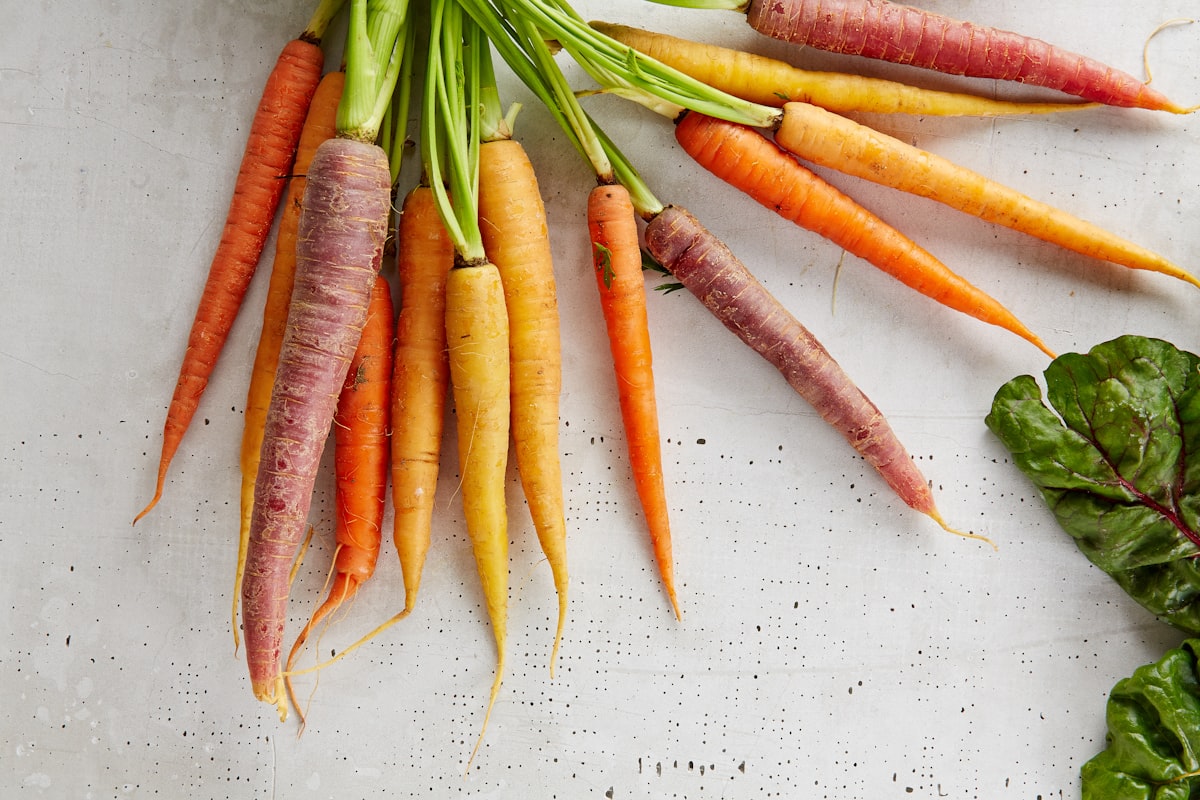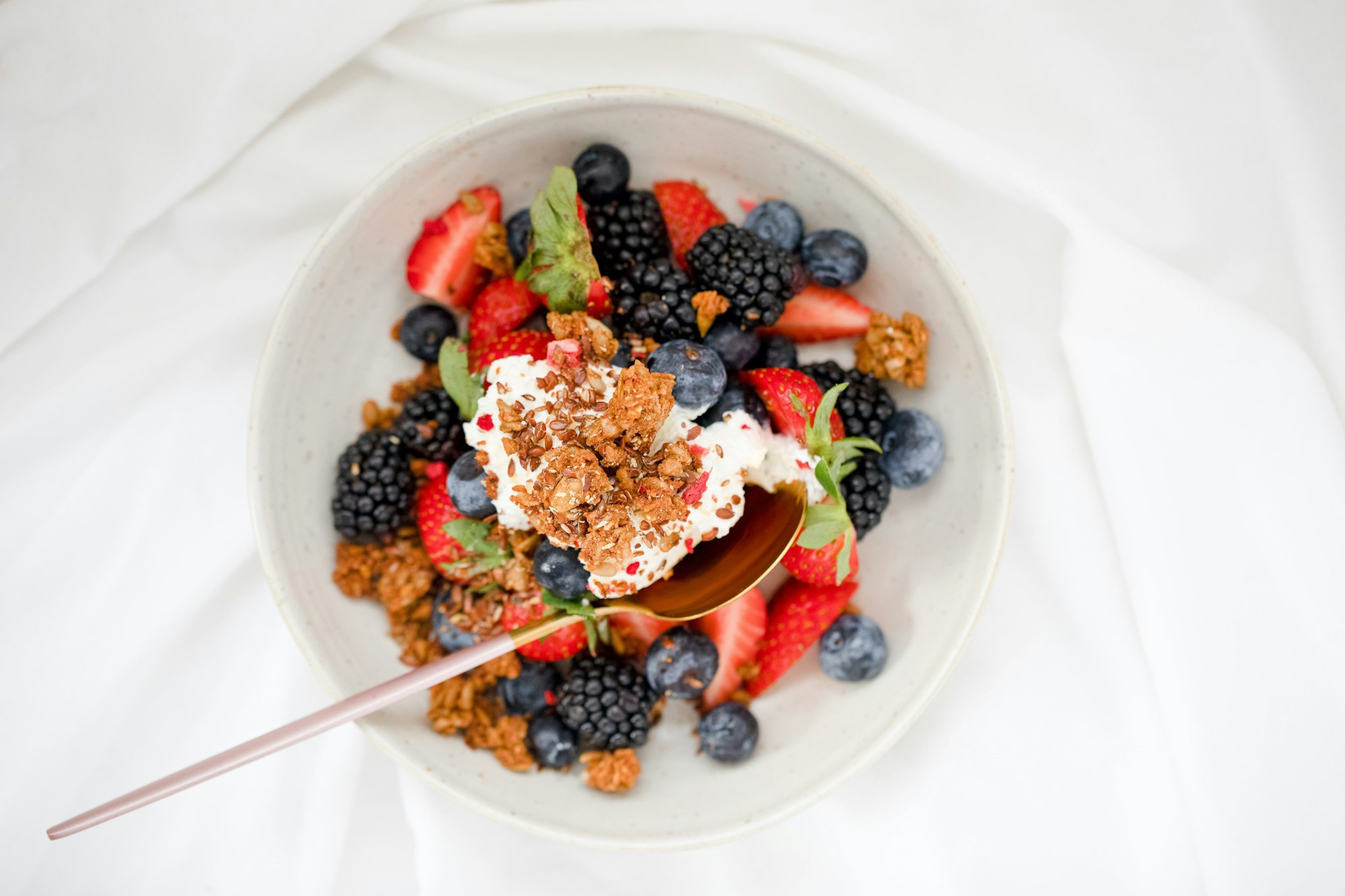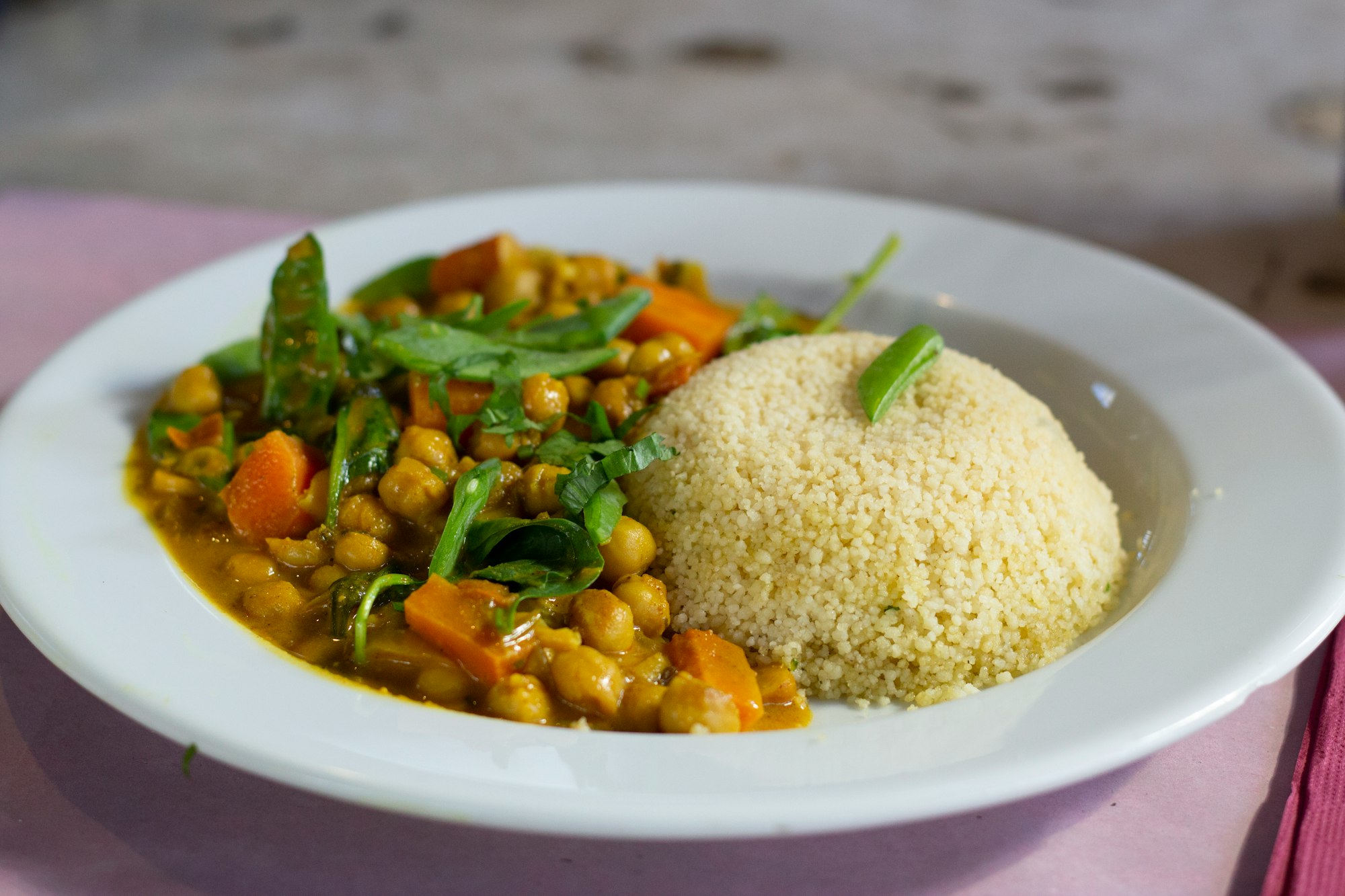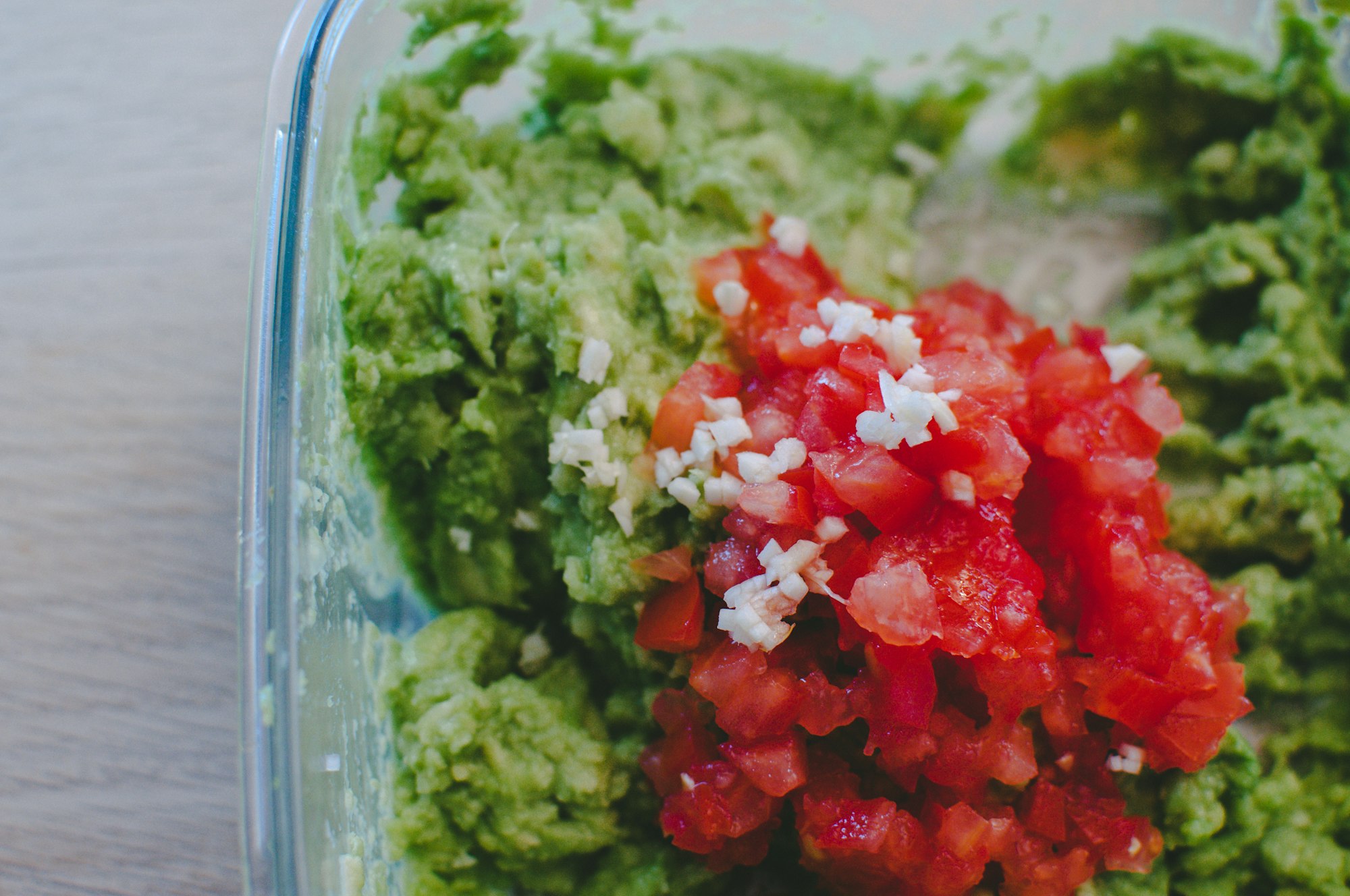How to become a vegan
Removing all animal proteins from your diet can have serious health consequences, so it’s important to think about it before taking the plunge and becoming a vegan.

How to successfully become a vegan
During the pandemic I had the pleasure to be interviewed by the amazing and very energetic Farah Shammas from Cyprus, she runs a vegan Facebook group cookvegan and was gracious enough to invite me, a non-vegan nutritionist. How amazing is that? We had a great chat about nutrition and how to stay healthy when becoming or being a vegan.
What do I have to say about becoming a vegan and staying healthy?
Removing all animal proteins from your diet can have serious health consequences, so it’s important to think about it before taking the plunge and becoming a vegan. That’s why I always advise my clients to take a blood test to confirm the absence of deficiencies. I want to make sure they don’t have any iron, zinc, calcium, iodine or B12 deficiencies.
Then if everything is in order, I make sure they understand the implications of becoming a vegan and tell them more about macro and micronutrients.
- Proteins: it’s crucial to get high-quality proteins. A complete protein is made up of 20 amino acids, 9 of which are only found in food, if one of the amino acids is missing the protein is not formed and cannot do its job. We know animal proteins have a full profile, but what if you’re a vegan?
Combining grains and legumes is a good trick to obtain a complete protein. To get an idea; think of Indian vegetarian dishes rich in chickpeas, lentils and rice for example or Mexican dishes which combine beautifully black beans and rice.
You can play and make tasty mixes: in the cereal family: wheat, rice, corn, oats, rye, barley… and in the legume family: lentils, chickpeas, split peas, dry beans, broad beans, edamame.
Don’t forget to use herbs and spices, they will bring flavours, colours and many antioxidants to your dishes.
And why not add some seeds (flax, sesame, chia, sunflower, and pumpkin seeds) and/or nuts (almonds, cashews, hazelnuts, pistachios, pine nuts, walnuts) to get even more proteins.
Essential nutrients to add to your diet when vegan
- Vitamin B12 is essential for the production of red blood cells, for the proper functioning of the brain and the nervous system. Unfortunately, it is only found in animal proteins so vegans are necessarily deficient, so you must use fortified foods or dietary supplements. Warning: fortified foods are often loaded with sugar and other additives so don’t forget to read the ingredient list.
- The iodine found mainly in fish, seafood and dairy products is essential for the proper functioning of the thyroid glands which among other functions influence your metabolism, growth and development. Iodised table salt is a good way to get some iodine, but with moderation, please! You can also add seaweed in your soups and/or salads.
- The omega-3 fatty acids: these good lipids are important for the cardiovascular and central nervous systems and are mainly found in fatty fish. So if you are a vegan; seaweed, chia seeds, flax seeds, walnuts and edamame are a good source of Omega-3 fatty acids. You might also want to find a good quality supplement.
- Calcium: green vegetables such as kale, broccoli, bok choy, spinach are full of it. Sunflower seeds, tahini, almonds, oranges and artichokes too! Vitamin C helps to absorb calcium. Vitamin D is really important for bone health and most of us are deficient, a good quality supplement is advisable.
- Iron: we all know that iron is essential to our good health; for instance, it converts food into energy, transports oxygen in the blood. Let’s bear in mind that women need to be even more cautious because of their menstruation. Tofu, quinoa, spinach, lentils, beans, dried apricots and green vegetables are iron-rich.
Tip 1: add a lemon juice on your vegetables to allow better absorption of non-heme iron found in plant foods (Vitamin C helps iron absorption).
Tip 2: drink your coffee or tea away from your meal; their tannins could inhibit the absorption of iron.
Tip 3: soaking and sprouting grains and legumes before cooking them may improve iron (and zinc) bioavailability.
My advice about non-dairy milk: check the list of ingredients and make sure there are only 2 ingredients i.e. water and soy/ water and almond or water and oats. You will be surprised to find that they are often loaded with sugars, salt and other additives. Some might be fortified with calcium, vitamin B12 & D.
My bottom-line message
Becoming or being a vegan requires reflection and needs to be planned carefully. Helping the planet is a noble cause but you must also think about your health! Please, listen to your body; are you tired, paler than usual? Do you have headaches, memory loss or tingling in your fingers? Do not hesitate to consult your doctor if you feel something is not right.
Try to avoid prepared meals that are overly processed and often filled with additives and flavour enhancers, read the list of ingredients, don’t just trust nice packaging, and of course eat a variety of fruits, vegetables, cereals, legumes to get maximum nutrients from real food!
For breakfasts why not try?
- My steel-cut oats
- My chia parfait
- My homemade granola

For lunch
- A nice beet salad, baked pumpkin, sunflower seeds, a spoonful of hummus, green salad leaves with a homemade seasoning based on lemon juice, olive oil, salt and pepper and a slice of good sourdough bread
- A salad of lentils, cherry tomatoes, broccoli, coriander, mint, pumpkin seeds and also some pomegranate to add colour.
- Not to mention, the famous avocado toast with a scoop of hummus and a few roasted cherry tomatoes sprinkled with chilly flakes, dukkah or zaatar.

For dinner
- Try some sautéed mushrooms with a mix of basmati and wild rice, and a salad with zucchini spaghetti, grilled peppers, grated carrots, some green salad leaves and some peanuts on top.
- Be adventurous, tease your taste buds, tickle your nostrils and delight your eyes with vegetarian couscous, vegetarian lasagna and curry.

For snacks
A piece of fruit, some seeds and nuts, dried fruits (preferably organic and in moderation because they are very sweet), some raw vegetables sticks with hummus, babaganoush, or guacamole, some edamame, some olives and algae.

Et voilà!
